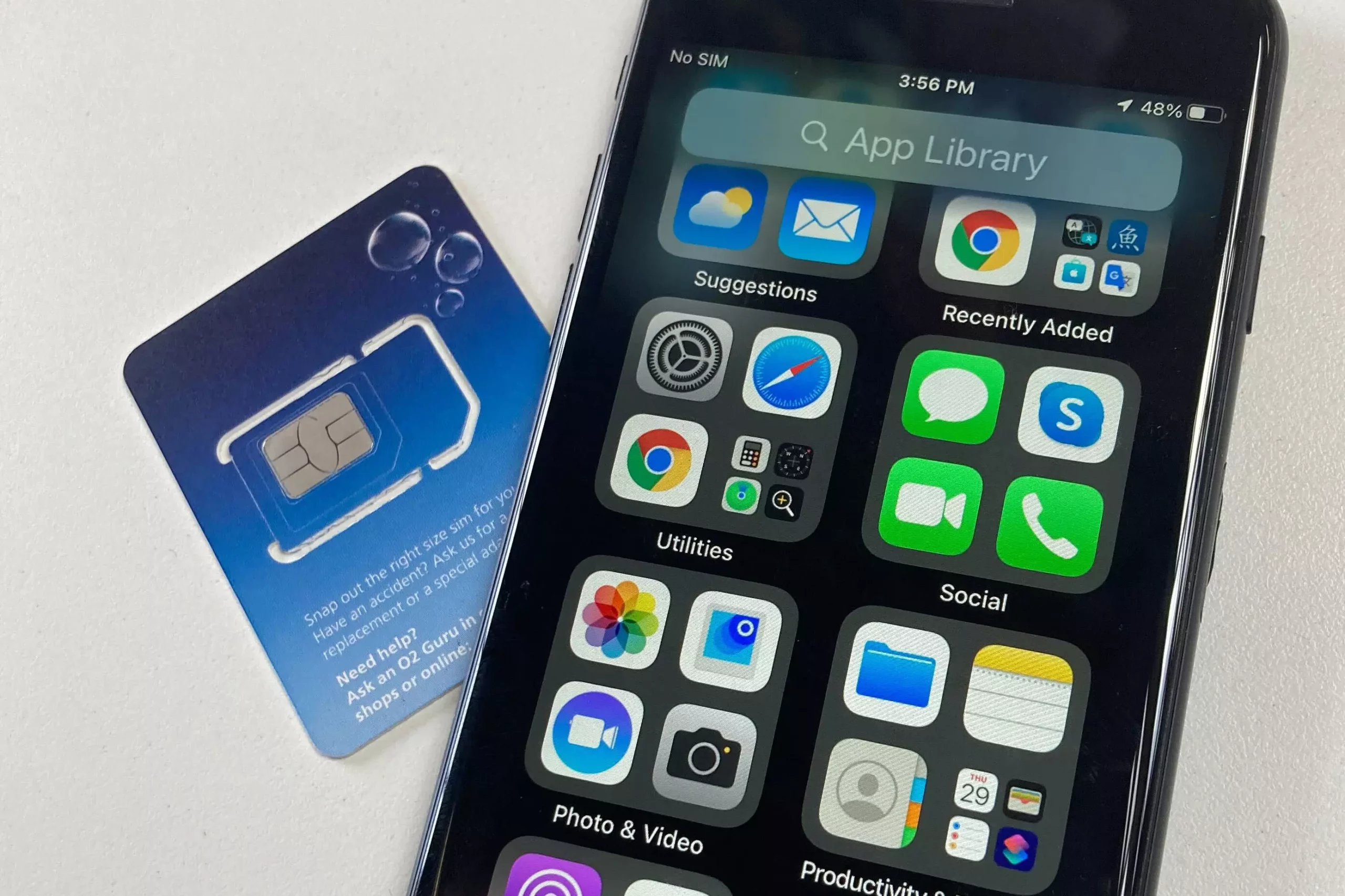SIM-swapping is a form of identity theft that has been on the rise in recent years, posing a significant threat to individuals’ personal and financial information. Unlike traditional hacking methods, SIM-swapping involves taking over a victim’s phone number, allowing the attackers to intercept calls and texts meant for the victim. This method can be particularly dangerous as it can bypass security measures such as two-factor authentication, putting consumers at risk of financial losses.
The FBI Internet Crime Complaint Center has reported a significant increase in SIM-swapping complaints, with a staggering 400% rise from 2018 to 2021. The associated personal losses from these scams are estimated to be over $68 million. However, experts believe that these numbers are likely underestimated due to underreporting of identity theft cases.
Criminals gather personal information about their victims from various sources, including data breaches, leaks, dark web purchases, or phishing scams. Armed with details such as phone numbers, addresses, birthdays, and Social Security numbers, attackers can impersonate their victims when contacting mobile carriers. They often claim that the original phone or SIM card is damaged, lost, or sold accidentally, requesting to have the number associated with a new SIM card in their possession.
Protecting oneself from SIM-swapping attacks requires proactive measures and vigilance. Cybersecurity experts recommend the following strategies to minimize the risk of falling victim to such scams:
Ensure that you use strong, unique passwords for each of your online accounts and consider using a password manager to keep track of them. Experts suggest creating passwords that are at least 16 characters long and include a combination of letters, numbers, and symbols. Additionally, enable biometrics or multifactor authentication methods that do not rely on text messages for verification.
Contact your mobile carrier to establish a unique passcode that prevents unauthorized changes to your account, such as porting your phone number to another carrier. Many carriers have additional security protections in place to combat SIM-swapping, so it is advisable to inquire about these features.
Be cautious of emails or text messages that request personal or financial information, as they may be attempts by criminals to trick you into divulging sensitive data. If you suspect a phishing message, report it to the appropriate authorities or your company’s information security team.
If you believe you have fallen victim to a SIM-swapping attack, promptly notify your mobile carrier and follow their instructions to rectify the situation. You can also file complaints with regulatory agencies such as the Federal Trade Commission or the Internet Crime Complaint Center to expedite recovery efforts. Inform your bank or credit card company if your payment information has been compromised and request alerts for any suspicious activity.
The threat of SIM-swapping is a growing concern that requires individuals to be proactive in safeguarding their personal information. By following best practices for online security and remaining vigilant against potential attacks, consumers can reduce the risk of falling victim to this form of identity theft.


Leave a Reply